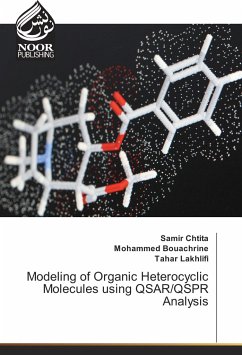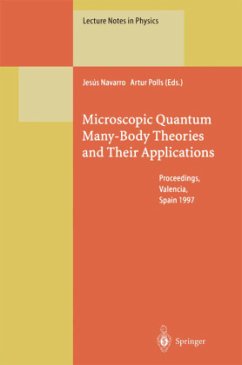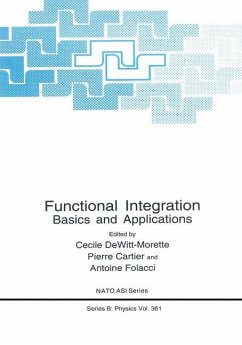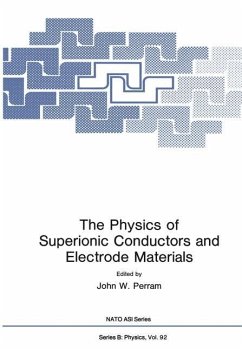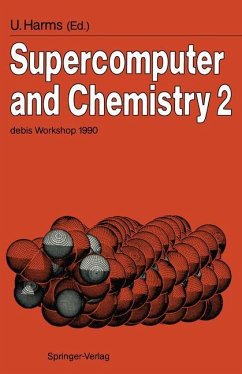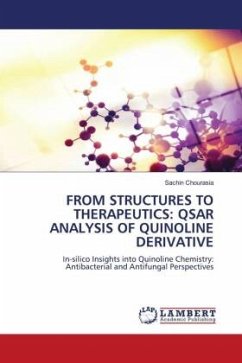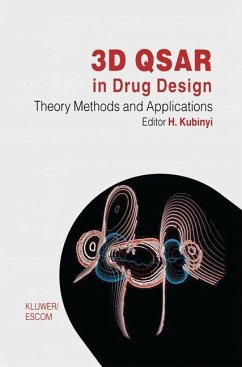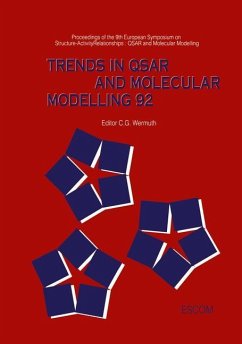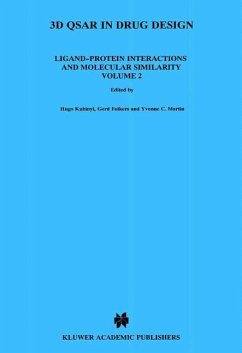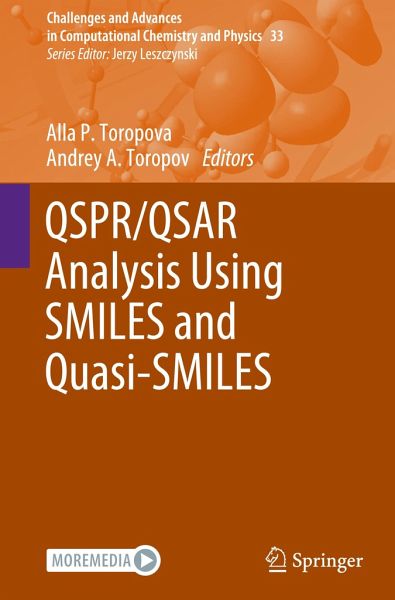
QSPR/QSAR Analysis Using SMILES and Quasi-SMILES

PAYBACK Punkte
68 °P sammeln!
This contributed volume overviews recently presented approaches for carrying out QSPR/QSAR analysis by using a simplifying molecular input-line entry system (SMILES) to represent the molecular structure. In contrast to traditional SMILES, quasi-SMILES is a sequence of special symbols-codes that reflect molecular features and codes of experimental conditions. SMILES and quasi-SMILES serve as a basis to develop QSPR/QSAR as well Nano-QSPR/QSAR via the Monte Carlo calculation that provides the so-called optimal descriptors for QSPR/QSAR models. The book presents a reliable technology for developi...
This contributed volume overviews recently presented approaches for carrying out QSPR/QSAR analysis by using a simplifying molecular input-line entry system (SMILES) to represent the molecular structure. In contrast to traditional SMILES, quasi-SMILES is a sequence of special symbols-codes that reflect molecular features and codes of experimental conditions. SMILES and quasi-SMILES serve as a basis to develop QSPR/QSAR as well Nano-QSPR/QSAR via the Monte Carlo calculation that provides the so-called optimal descriptors for QSPR/QSAR models. The book presents a reliable technology for developing Nano-QSPR/QSAR while it also includes the description of the algorithms of the Monte Carlo optimization. It discusses the theory and practice of the technique of variational authodecoders (VAEs) based on SMILES and analyses in detail the index of ideality of correlation (IIC) and the correlation intensity index (CII) which are new criteria for the predictive potential of the model. The mathematical apparatus used is simple so that students of relevant specializations can easily follow. This volume is a valuable contribution to the field and will be of great interest to developers of models of physicochemical properties and biological activity, chemical technologists, and toxicologists involved in the area of drug design.





